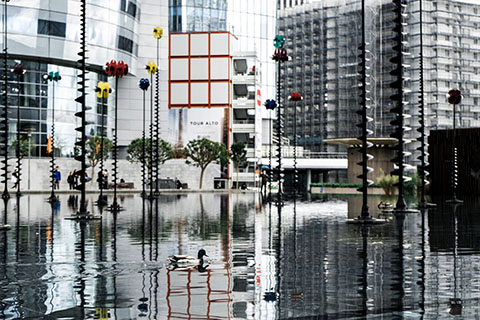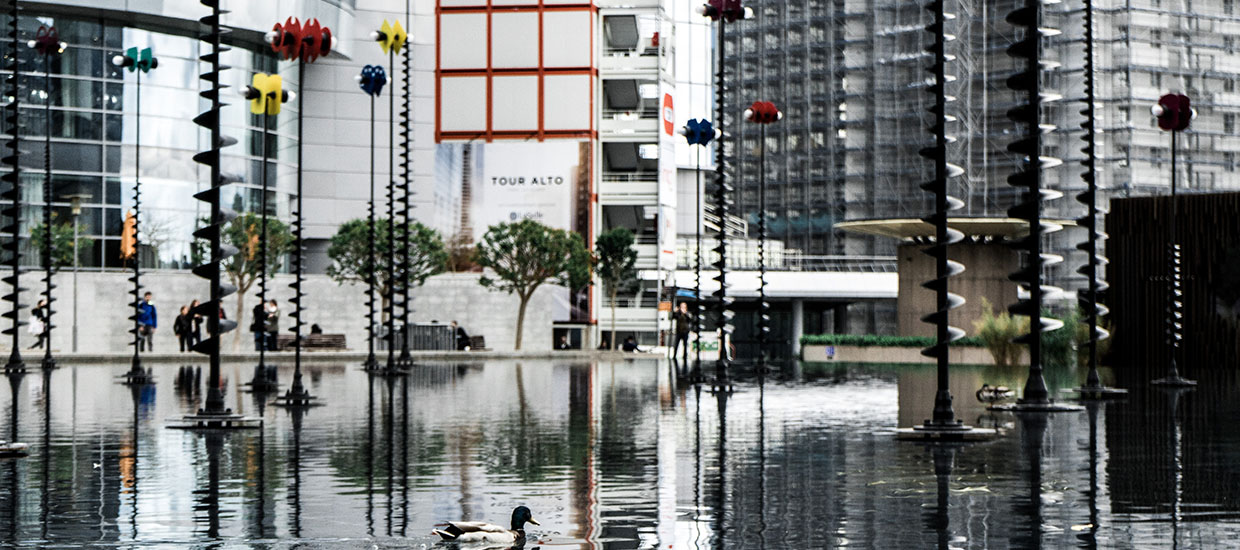Sea Level off Southern Florida’s coast: time scales, climate change, and potential risks
Mentors:
Tiago Bilo and Marlos Goes
About the Mentors:
Dr. Marlos Goes is an Associate Scientist at CIMAS/AOML mainly working on climate variability and large-scale ocean circulation. He joined CIMAS/AOML in 2010 after obtaining his PhD from University of Sao Paulo, Brazil, and working as a postdoctoral associate at Pennsylvania State University.
Dr. Tiago Biló is an oceanographer that has been at CIMAS/AOML since 2022. He obtained his PhD at University of Miami in Meteorology and Physical Oceanography and spent two years as a postdoctoral fellow at University California San Diego. His research is concentrated on deep ocean circulation and sea water physical properties.
Format: Hybrid
This is an in-person internship.
Brief Description:
The state of Florida has more than 8,400 miles of shoreline, which makes Florida among the most vulnerable places in the country, and Miami the world’s top place in terms of asset losses due to sea level rise and coastal storms. According to the last census, Miami-Dade County has the densest populated coastal area of the state. Therefore, understanding the sea level variability offshore these areas, like Biscayne Bay, is crucial for Miami-Dade’s urban planning, environmental policy, water management, and natural disaster planning. We invite students interested in climate change and physical oceanography to apply for a 10-week summer project to learn the basics of scientific research and physical oceanography. The main goal of the project is to understand the relationship between sea level measurements from Biscayne Bay and climate, oceanographic, and atmospheric phenomena. The project will consist of the following:
- Guided literature review to introduce the subjects of this study.
- Analysis of past and projected sea level of Biscayne Bay.
- Writing a scientific report combining the learned knowledge, performed analyses, and study conclusions.
This project can be done remotely, in person at the Rosenstiel School of Marine, Atmospheric, and Earth Science and the Atlantic Oceanographic and Meteorological Laboratory, or a combination of both.





